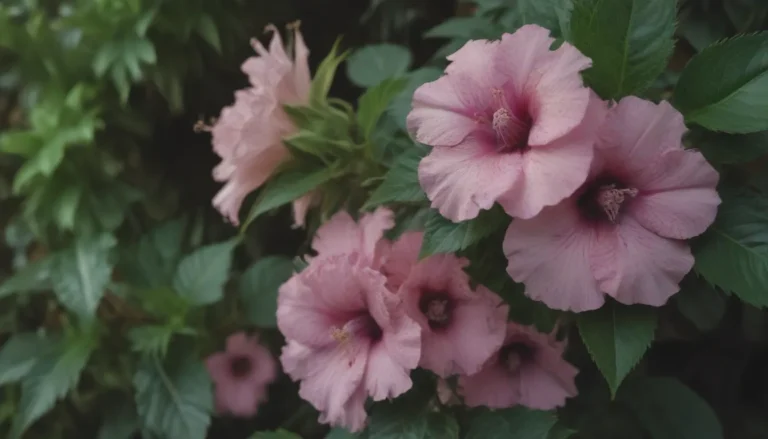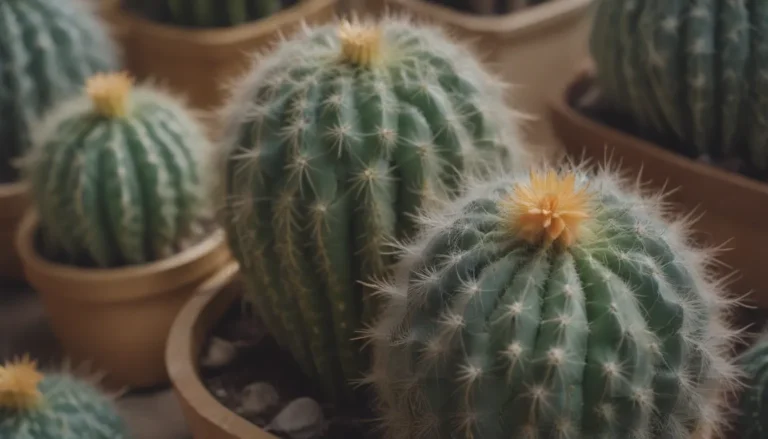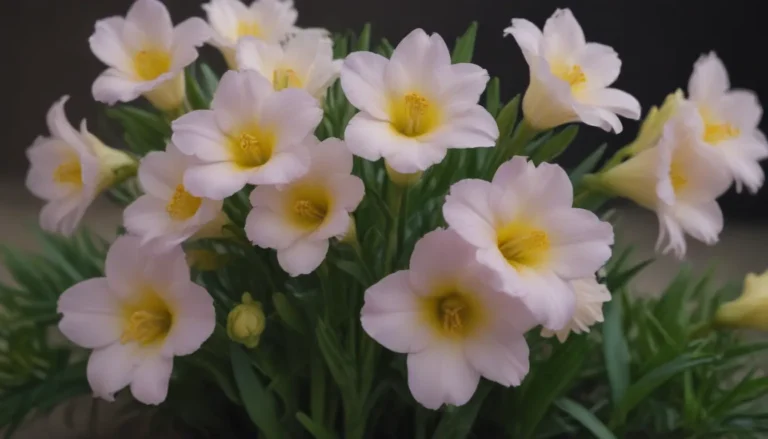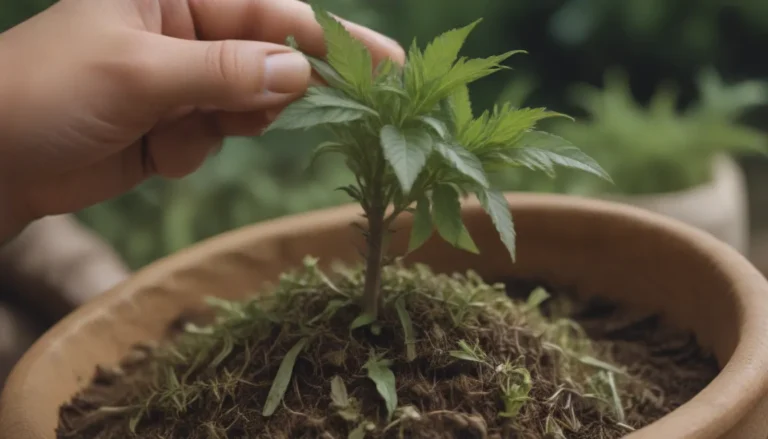The Ultimate Guide to Growing and Caring for Spanish Bluebells
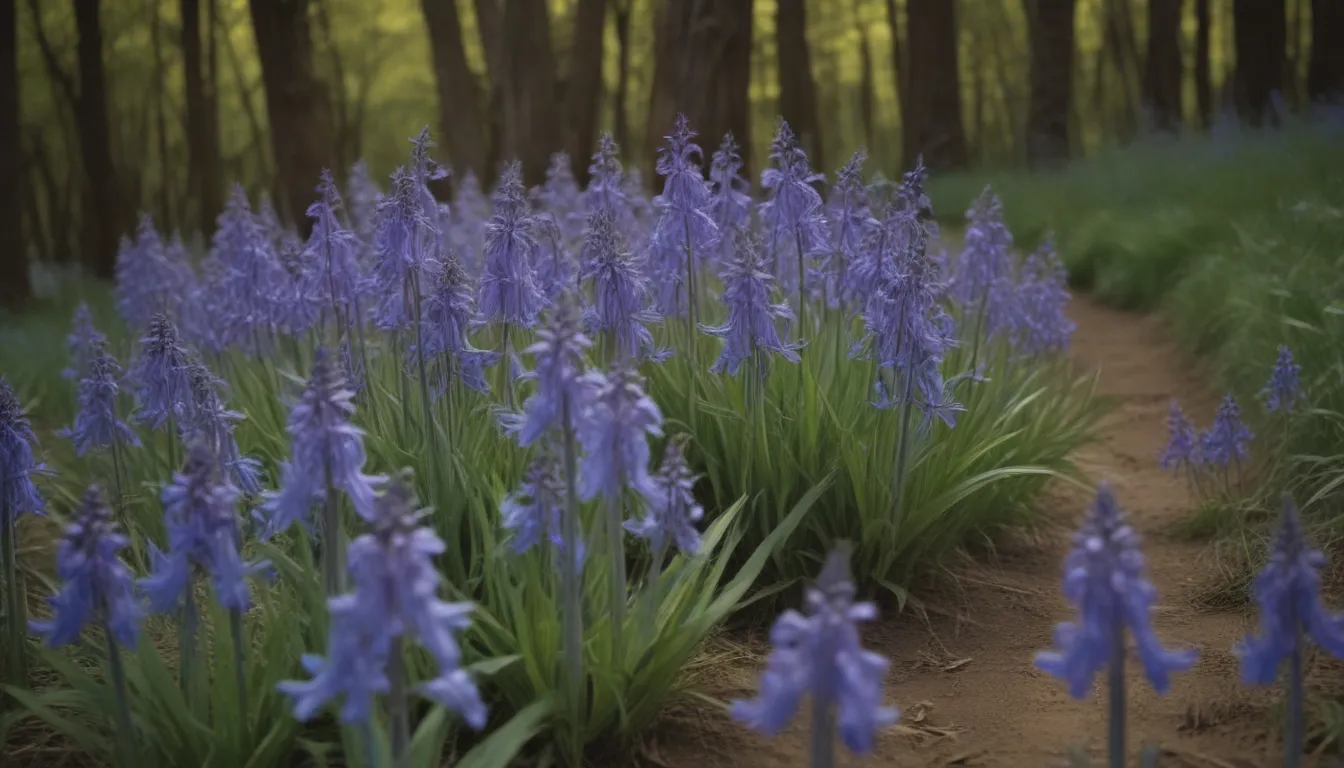
If you’re looking to add a touch of elegance to your garden, look no further than the Spanish bluebell. These late-blooming spring bulbs are native to Spain, Portugal, and northwest Africa and have been a favorite in European woodlands for centuries. Their rigid upright flower stems, adorned with bell-shaped lavender-blue flowers, create a stunning display that truly stands out. In this comprehensive guide, we’ll walk you through everything you need to know to successfully grow and care for your Spanish bluebells.
Getting Started with Spanish Bluebells
Here are some essential tips to help you kickstart your Spanish bluebell gardening journey:
-
Planting: Spanish bluebells should be planted in the fall to bloom in the spring. Choose a spot that receives some sun in the spring when the plant emerges. While earlier spring bulbs may have faded, Spanish bluebells will add a burst of color to your garden.
-
Care: Once your Spanish bluebells have bloomed, allow the foliage to die back completely on its own. This process is essential for the bulbs to store energy for the following year’s blooms. Divide the plants in late summer or early fall to maintain a healthy colony.
-
Invasive Potential: It’s essential to note that Spanish bluebells can be invasive in certain regions, so keep an eye on their growth and prevent them from spreading uncontrollably.
Tips for Care and Maintenance
To ensure that your Spanish bluebells thrive, consider the following care tips:
-
Light: In cooler climates, Spanish bluebells do best in full sun. However, in warmer regions, partial shade is recommended to prevent scorching.
-
Soil: These plants prefer well-drained sandy soil, making it essential to provide a sandy growing medium for optimal growth.
-
Water: Spanish bluebells have average water needs. Ensure the soil doesn’t completely dry out in drier regions and maintain adequate moisture levels for healthy growth.
-
Temperature and Humidity: Spanish bluebells thrive in cool, shady, and damp environments. While they can adapt to various conditions, it’s crucial to maintain consistent moisture levels, especially in hotter climates.
-
Fertilizer: Incorporate organic material like peat moss or compost into the soil at planting time to promote healthy growth and drainage.
Types of Spanish Bluebells
While the common name might suggest blue flowers, Spanish bluebells actually have a lavender hue with blue highlights. Cultivars like ‘Blue Giant,’ ‘White City,’ ‘Excelsior,’ and ‘Rosabella’ offer a range of colors to choose from for your garden.
Pruning and Propagation
To keep your Spanish bluebells flourishing, consider these maintenance tips:
-
Pruning: Remove spent flowers to prevent self-seeding and promote healthy growth. You can also cut the flowers for indoor arrangements to enjoy their beauty.
-
Propagation: Spanish bluebells propagate easily through underground runners but can also be propagated through division or seed. While growing from seed can be challenging, division is a more reliable method for expanding your collection.
Overwintering and Common Issues
During the winter months, ensure your Spanish bluebells are properly cared for:
-
Overwintering: If growing in pots, bring them indoors to a cool, dark spot for winter dormancy. In the ground, a layer of mulch can help protect the bulbs from cold temperatures.
-
Common Pests and Diseases: Spanish bluebells are generally resistant to pests and diseases. Still, watch out for root rot in poorly-drained soil conditions.
Expert Tips and Identification
Here are some expert tips and tricks to help you cultivate your Spanish bluebells with ease:
-
Blooming: Avoid cutting back foliage too early after blooming as the plant needs it to store energy for the following season’s blooms.
-
Identification: Differentiate between Spanish and English bluebells based on flower shape, scent, and growth habits. Spanish bluebells are known for their straight flower stalks and lavender-blue flowers.
So, as you embark on your Spanish bluebell gardening adventure, keep these tips in mind to ensure a vibrant and healthy display of these enchanting spring blooms. With proper care and attention, your garden will be transformed into a colorful oasis that is sure to delight both you and your visitors. Enjoy the beauty and elegance that Spanish bluebells bring to your outdoor space!

